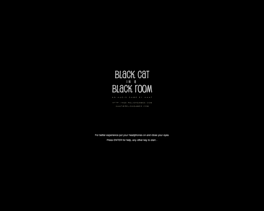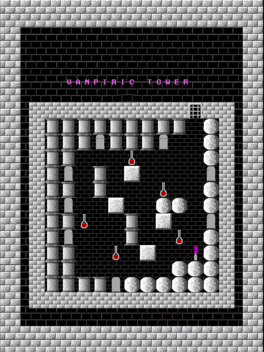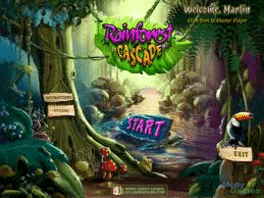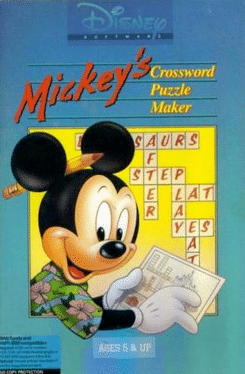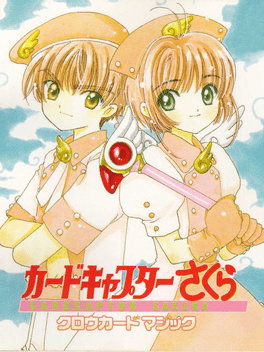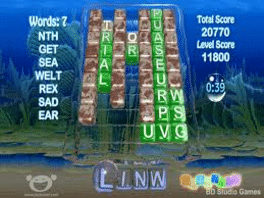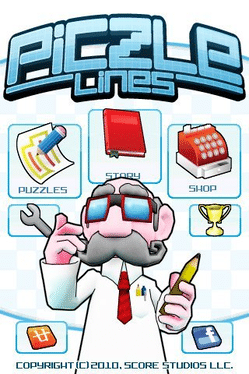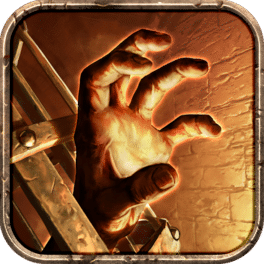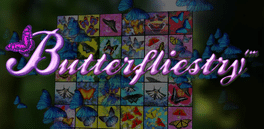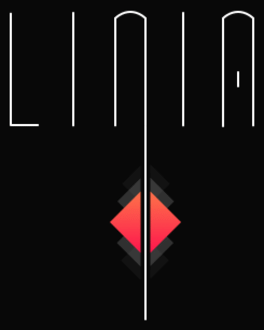Most Popular Puzzle Games - Page 352
-
Black Cat in a Black Room
Players are placed in a pitch-black room and must find a black cat solely by using audio cues. -
Vampiric Tower
2000
Vampiric Tower
2000
Vampiric Tower is a quirky puzzle game that includes 50 puzzles of quickly increasing difficulty. While most of the puzzles involve familiar pushing/collecting exercises, there is also an additional element at play here. Your character can sometimes transform into a bat, which can help you by letting you past certain types of obstacles. -
Rainforest Cascade
2007
Rainforest Cascade
2007
In this arcade puzzler, saving the rainforest involves tile-matching. A matrix of tiles in various forms is presented; swap adjacent tiles to create rows or columns of 3 or more, and these will be destructed. When triggering this, the areas under them will be turned into gold; you have to turn the entire level to gold (by creating matches over every square, including the corners) to complete it and receive a bonus with the time that you still haven't used. -
Baku Baku
1996
-
Mickey's Crossword Puzzle Maker
1991
This language skills educational game allows you to create original crossword puzzles using word clues or 185 illustrations which can be used to as picture clues. After entering the clues you can randomly generate puzzles that you can solve yourself or play against Mickey (hard), Donald (medium) or Goofy (easy). The game features bonus and super bonus points, more than 20 musical tunes and a fireworks display for the winner. You can also print your creations using Disney backgrounds or borders, including such characters as Dumbo, Peter Pan, Snow White and many more. Picture menu bars guides you through both the game and the tools for creating and printing out puzzles. -
Cardcaptor Sakura: Clow Card Magic
2000
Action puzzle game based on the popular series Cardcaptor Sakura. Clear cards from the board and play as either Sakura or Syaoran. -
Piczle Lines
2010
Piczle Lines
2010
An addictive logic-puzzle game to keep your brain active for hours! When the professor accidentally destroys all his digital photos it's up to you to reconstruct them and figure out what happened exactly in this addictive logic-puzzle game. By connecting the correct numbers in a large grid, reconstruct images, unlock new and bigger puzzles and find out exactly where the professor went on holiday and what could be behind this mysterious loss of photographic data. -
Hidden Garden Midnight
Continue your journey through the Hidden Gardens in this beautiful hidden object adventure game. -
Awesum Plus
The object of the game is to guide and place a pair of falling number cubes onto other cubes below so that the single digits assigned to each cube, when added together, equal the game's predetermined "AWEsum". -
Cubetris - A Block Puzzle Tangram Game
Cubetris is a simple and fun to play puzzle game. The object of the game is drag the Tetris like shapes to fill the given shape with no empty spaces. The pieces cannot be rotated. -
Butterfliestry
2015
Butterfliestry
2015
"Butterfliestry” challenges players to delete a 3D cube of cubes by matching pairs of the smaller cubes. -
Fougasse
2017
Fougasse
2017
Fougasse is a Minesweeper-style game featuring different board shapes, multimine mode and wraparound mode. -
Linia
2016
